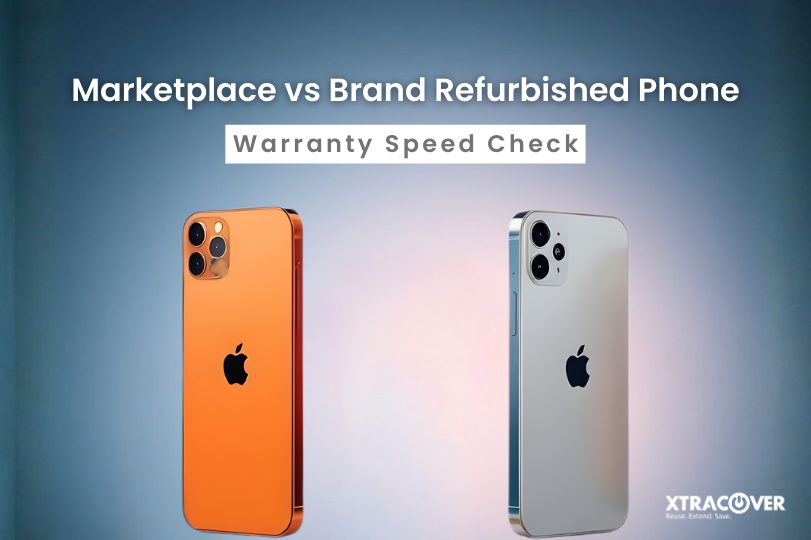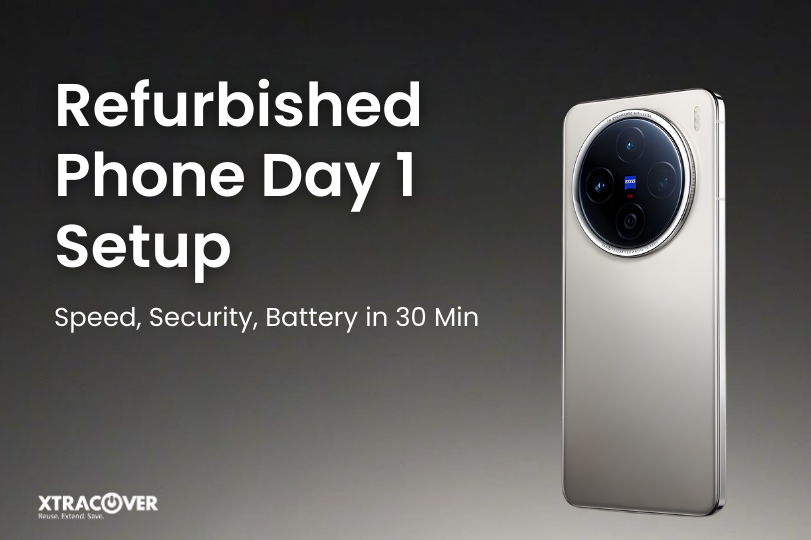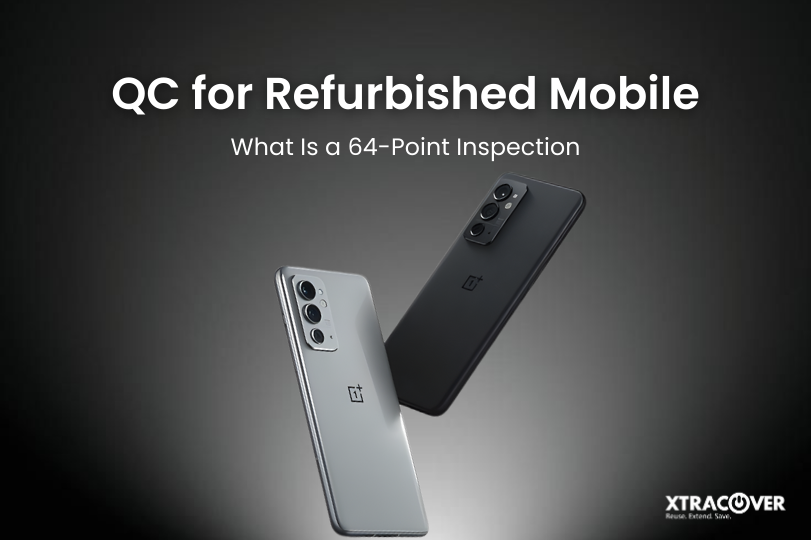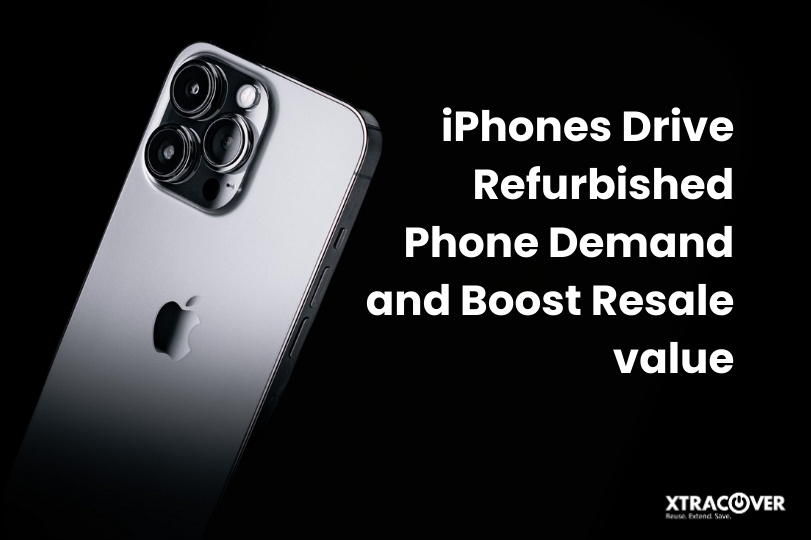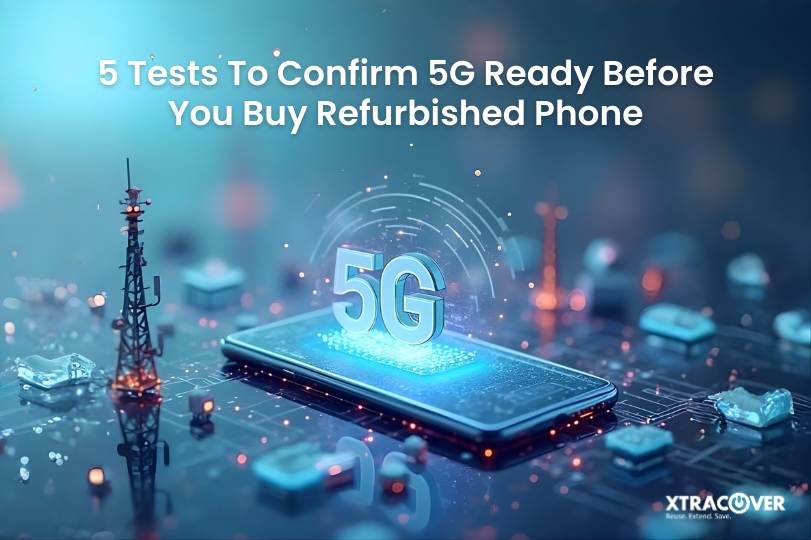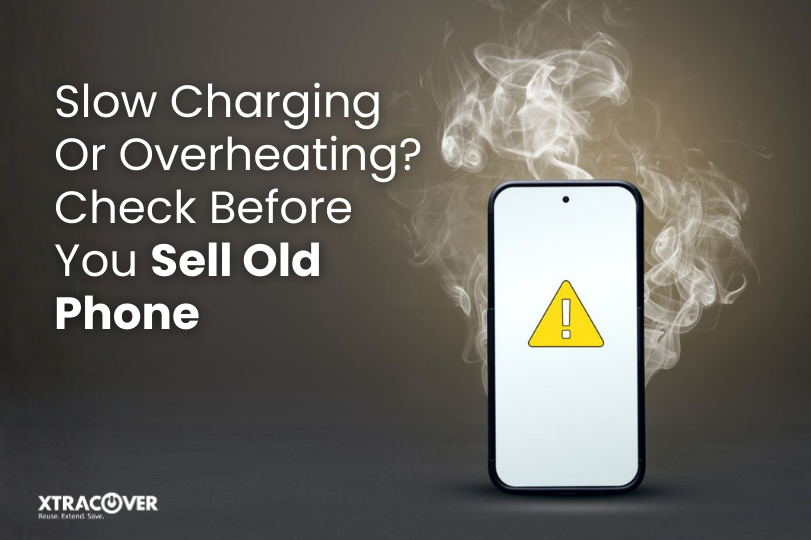There’s a moment, often overlooked, when your phone screen flickers for the last time or your laptop fan gasps its final breath. That moment doesn’t just mark the end of a device’s use. It triggers something much larger: another entry harming the planet through growing e-waste.
We live in a world obsessed with upgrades. New launches, better specs, thinner bezels. But behind the gloss of every product keynote lies a truth we can no longer afford to ignore. The planet is paying the real price.
We may not get a second chance at climate recovery. But we do get to choose how we consume. And when it comes to technology, there is a better way.
The Hidden Cost of That “New” Gadget
The problem isn’t just the sheer number of devices we produce. It’s the pace at which we discard them.
Each year, over 50 million tonnes of electronic waste is generated globally. Phones, tablets, and laptops, all tossed away not because they’re broken, but because they’ve been branded as “old”.
India alone contributed more than 1.6 million tonnes of e-waste in the past year. And that number is rising. Still, the average smartphone comprises materials like gold, cobalt and rare earth metals that require huge amounts of energy to extract and refine, draining resources from the world’s planet.
The irony? Many of these discarded devices work or could work, just with a little care.
Why Buying Refurbished Isn’t About Budget Anymore
Let’s put some of the myths to rest right off the bat. Purchasing a refurbished gadget is not buying a second-rate device. It means choosing consciously.
Today’s refurbished market has evolved. Devices will go through professional quality inspection and repair with parts certified by the manufacturer, as well as extensive performance testing. Many of the gadgets will include 6-12 month warranties, customer care, and, in some cases, even replacements.
You’re not buying someone’s castaway. You’re buying a product that’s been tested, revived, and certified to function as good as new, only without the environmental guilt.
Here’s what else you’re doing when you choose refurbished:
- Decreasing appetite for mining and the environmental devastation that goes with it.
- Keeping usable electronics from becoming waste in landfills.
- Encouraging a circular economy, which emphasises reusing products, not just discarding them.
The Environmental Power of Saying No to “New”
Producing a single smartphone emits approximately 85-95 kg of CO₂. That’s before you even take it out of the box.
When you buy refurbished, you’re bypassing the bulk of that carbon footprint. You’re not contributing to the energy-intensive manufacturing process. You’re extending the life of an existing product instead of creating demand for another.
Now multiply that by the number of devices in a growing team, a startup, or a university program. The impact adds up quickly.
The truth is, choosing refurbished isn’t just a purchase decision; it’s a climate action.

Who’s Leading the Shift? You Might Be Surprised.
It’s not just frugal buyers or students jumping onto the refurbished wave. It’s:
- Startup CTOs, slashing device budgets while outfitting teams with business-grade laptops and phones.
- Corporates, integrating refurbished devices into sustainability reporting and ESG frameworks.
- Parents, introducing teens to tech with affordable yet reliable devices.
- Eco-conscious consumers, who want quality without feeding into the cycle of overconsumption.
From refurbished iPhones to high-performance MacBooks and ThinkPads, the demand is growing because the logic is undeniable.
What Makes a Refurbished Device “Trustworthy”?
If you’ve been hesitant about buying refurbished, you’re not alone. But not all refurbished devices are created equal. The difference lies in:
Testing Protocols
Check to see if the device has undergone multi-point quality checks: 35 points for laptops and 60+ points for smart devices. The tests will take everything into consideration, including battery health and all the aspects of the camera, speaker, charging port, and thermal aspects.
Clear Grading
Good platforms use grading systems like ‘superb’ and ‘good’, which reflect both internal performance and external conditions. It sets the right expectations.
Battery Health Transparency
Batteries degrade with time. A reliable seller will report the battery cycle count and percentage health, which is especially critical in refurbished iPhones and flagship Android models.
Warranty & Replacement
No refurbished product should have been sold without a warranty. Keep in mind a warranty of 6 months to 1 year is a reflection of confidence in the seller’s QC process.
Pan-India Delivery & Support
Buying refurbished doesn’t mean compromising on post-sale service. Trusted providers ensure doorstep delivery, service support, and return options.
How to Spot Greenwashing in the Gadget Space
Be cautious of vague words like “pre-loved”, “renewed”, or “like-new” without certs/test information. These are typically used to transform second-hand sales into refurbished items, which does not guarantee any quality checks actually took place at all.
True refurbished devices:
- Are tested using standardized QC tools
- Come with a valid invoice and warranty
- Clearly disclose battery condition, cosmetic grade, and repair history
If a platform can’t offer that, it’s not selling refurbished; it’s selling risk.
Where India Stands – and Why It Matters
India’s refurbished market is growing fast, projected to cross $10 billion by 2026. This isn’t just an economic trend. It’s a sustainability revolution in action.
With growing awareness of e-waste regulation, Extended Producer Responsibility (EPR) mandates, and the role of circular businesses in climate strategy, refurbished electronics are no longer a niche. They’re becoming a mainstream, responsible choice.
And in a country where affordability often trumps everything, refurbished gives access without compromising the planet.
FAQs
Q1. Is a refurbished phone as good as new?
Absolutely – if you are buying it through a certified provider. It goes through testing, repairing and grading of quality. Many refurbished phones even come with warranties and replacement options.
Q2. Is a refurbished laptop reliable enough for professional use?
Absolutely. Dell Latitude and HP EliteBook, and MacBooks too, are commonly refurbished and used in business.
Q3. Is there a warranty with refurbished devices?
Reputable refurbished platforms typically have their warranties from 6 to 12 months and allow you to return them for a refund or replacement within a 7-day window.
Q4. How do I know if a refurbished phone has a proper battery?
Ask for a battery health report or cycle count. Good sellers provide this upfront.
Q5. Is buying refurbished safe online?
Yes, provided the platform shares QC details, warranty policies, and provides genuine parts. Always read reviews before purchasing.
This Planet Deserves Better Choices
There is no backup Earth. No factory reset for the climate. Every action counts, and every purchase influences demand, production, and waste.
When you purchase refurbished, you are not only making a more informed financial decision. You are also making a choice that is aligned with sustainability, responsibility, and long-term value.
Let other people keep chasing the next shiny thing. You already know that ‘better’ doesn’t have to mean ‘brand new’.
XtraCover is proud to be a part of this movement, offering certified refurbished smartphones and laptops tested across 64 parameters, delivered pan-India, and backed by real warranties.
Because the planet needs fewer “upgrades”. And more second chances.


